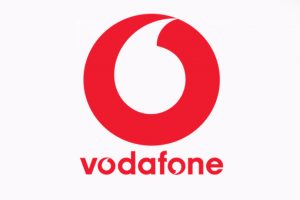Cell C has lost an appeal against a decision by the Advertising Standards Authority (ASA) that its advertising, in which it makes certain speed claims about its network, is “misleading”.
The authority has sustained an original decision by its directorate, made in February, in favor of a complaint lodged by an L van Zyl against Cell C’s advertisement of its broadband Internet products, in which it markets a modem capable of data speeds up to 21,6Mbit/s.
Van Zyl has reportedly complained that she had not been able to achieve more than 10{e1f18614b95d3cd6e4b3128e1cd15d99b042a60a5a19c19b7a8e07e7495efa10}-15{e1f18614b95d3cd6e4b3128e1cd15d99b042a60a5a19c19b7a8e07e7495efa10} of the advertised speeds. The ASA ruled that the advertising was misleading; prompting Cell C to appeal against the decision, arguing it had not received a fair hearing.
Cell C also argued that its claim was related to hardware and not service, and that the reasonable consumer to whom the advertisement was targeted would not believe they could use the product and achieve speeds of up to 21,6Mbit/s.
But an ASA committee has declined to set the ruling aside and says it “disagrees” with Cell C. The committee has stated that the advertisement essentially promotes the product on the basis of the claims about speed.
It added that in that regard, there is a conflation of service levels as regards speed and what Cell C claims to be hardware capability claims. At the very least the advertisement should make such a distinction clear, that is that the claims relate to the product’s hardware capability as opposed to actual achievable speeds when consumers use the product. In the absence of such a clear distinction, and given the manner in which the advertisement is worded, a reasonable consumer, even one that is familiar with Internet connection speeds, may believe that the product can in use achieve the speeds as claimed.
This is misleading. The consumer is deceived as to whether the speeds relate to achievable speeds in ordinary use of the product or are limited to hardware claims. To avoid this deception Cell C has to make a clear statement that the speed claims are limited to hardware capability and not speeds that can be achieved when using the product in SA.
June 2, 2025











